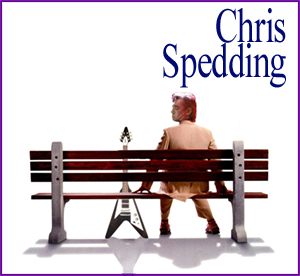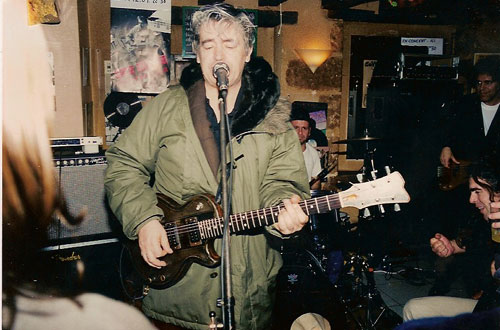It’s hard to believe we’re halfway through the 2008 Summer Olympics and I have not posted my thoughts on Olympic Rock. Some of you may be familiar with this concept: it’s long been my belief that there are certain genres of music that are best judged by the musicians’ ability to hit certain standards, they way gymnasts and divers are scored, for instance. Established forms of Olympic music on which we might agree include rock cover bands as well as their predecessors, Classical music cover bands. In the case of a KISS cover band, for instance, the musicians are judged according to their ability to play the music of KISS as closely to the original studio (and in the case of some KISS tunes, I would presume, live album) versions as possible while also hitting the high, well-defined standards for each KISS member’s Look, gear, stage banter, and chest hair. A first-rate KISS cover band is expected to fit snuggly into the shadows of the masters themselves.
Some genres of rock ‘n roll, I would argue, are “Olympic” in nature. The clearest example of Olympic Rock may be found in Rockabilly. Nothing original is required in Rockabilly; in fact, it might be argued that nothing original is desired. A good Rockabilly band depends on hot licks, hot chicks, hot rods, smokin’ tone, cool threads, long sideburns, and high-stacked pompadours. A great Rockabilly band depends on all those things but done to perfection! And maybe the bassist is really good at riding his standup bass at key points in a performance. Rockabilly judges watch intently, with tattooed arms folded, to ensure that the guitarist is playing the solo in Billy Lee Riley‘s “Trouble Bound” EXACTLY as Roland Janes intended it to be played when he first perfected his licks in some shotgun shack.



